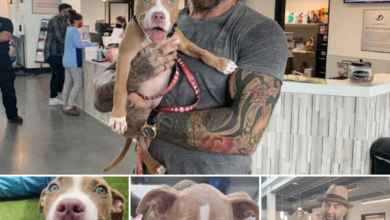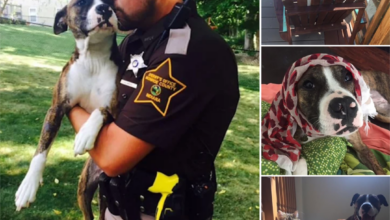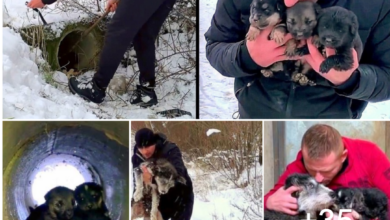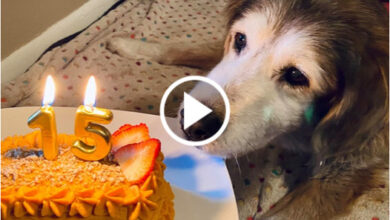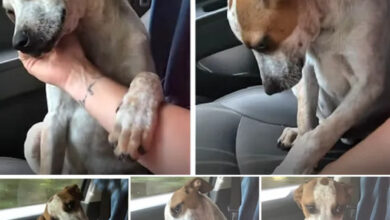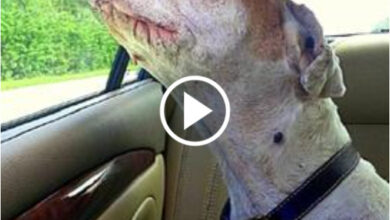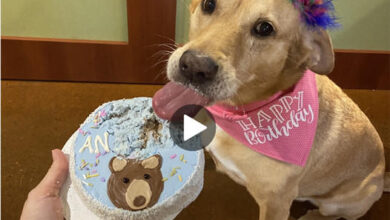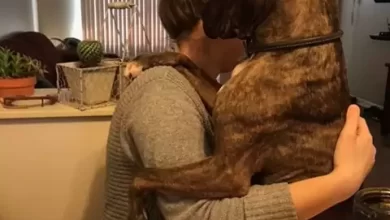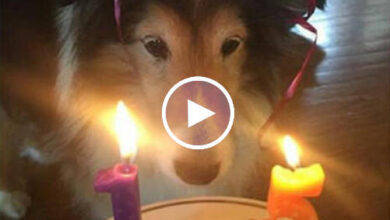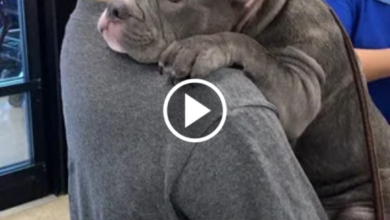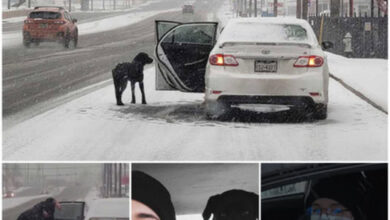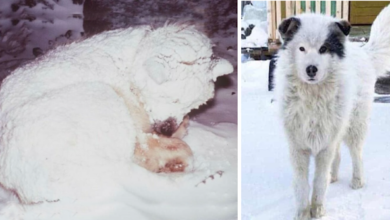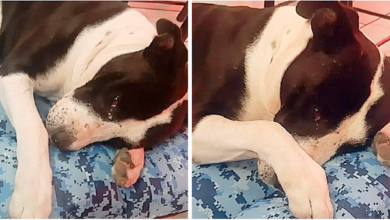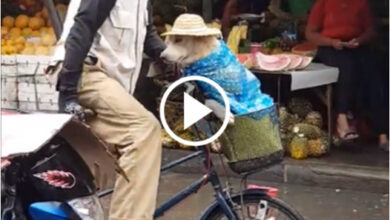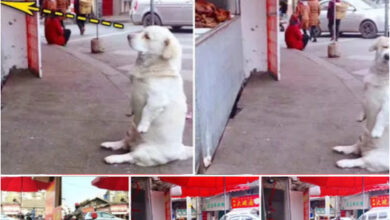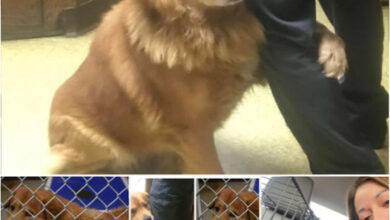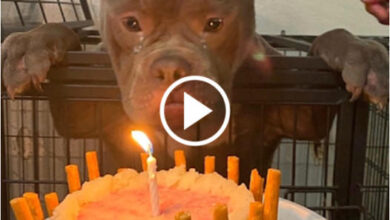Why Is Chocolate Toxic For Dogs

You may think that giving your furry friend a piece of chocolate is a harmless treat, but it could be deadly. That’s right, chocolate can be toxic to dogs and cause serious health problems.
In fact, the toxicity level of chocolate depends on several factors such as the type of chocolate, amount ingested, and weight of your pet.
The chemical responsible for chocolate toxicity in dogs is called theobromine. This compound belongs to the same family as caffeine and affects the central nervous system by stimulating the heart muscle and relaxing smooth muscles.
While humans can easily metabolize this chemical, dogs are much more sensitive to its effects due to their slower metabolic rate. As a result, even small amounts of chocolate can lead to severe poisoning in dogs.
The Chemical Behind Chocolate Toxicity in Dogs
The reason chocolate is dangerous for dogs is because it contains a chemical called theobromine, which their bodies cannot break down effectively. Unlike humans, dogs metabolize theobromine much slower, leading to an accumulation of this chemical in their system. The chemical composition of chocolate varies depending on the type and amount consumed, but dark chocolate and baking chocolate have higher concentrations of theobromine than milk chocolate.
Understanding chocolate toxicity in dogs requires knowledge of how their metabolism works. Dogs have fewer enzymes that can break down toxins compared to humans, which makes them more sensitive to certain chemicals like theobromine. When ingested, theobromine can cause various symptoms such as vomiting, diarrhea, seizures, and even death. The severity of these symptoms depends on factors such as the dog’s size and weight as well as the amount and type of chocolate consumed.
Potential treatment options for dogs suffering from chocolate poisoning include inducing vomiting or administering activated charcoal to prevent further absorption of toxins in the body. In some cases, hospitalization may be necessary to provide supportive care such as intravenous fluids or medications to control seizures or other symptoms. It’s important to seek immediate veterinary attention if you suspect your dog has ingested any amount of chocolate, especially if they’re showing signs of illness.
Moving onto symptoms of chocolate poisoning in dogs – it’s crucial for pet owners to recognize these signs early on before it becomes life-threatening for their furry friend.
Symptoms of Chocolate Poisoning in Dogs
You might notice your furry friend acting restless and pacing around the house, with a growling stomach and possibly even vomiting or diarrhea. These are some of the common symptoms that dogs experience after consuming chocolate.
Chocolate contains caffeine and theobromine, which can be toxic to dogs if ingested in large quantities. As soon as you suspect that your dog has consumed chocolate, it’s important to take immediate action. Contact your veterinarian right away and describe the amount and type of chocolate that your dog has eaten. Depending on the severity of symptoms, treatment may include inducing vomiting or administering activated charcoal to absorb any remaining toxins in their system.
Veterinary treatment is crucial in cases of chocolate poisoning since untreated cases can lead to seizures, heart attacks, or even death. It’s better to err on the side of caution when it comes to your dog’s health. In addition to seeking medical attention for your furry companion, make sure you keep all chocolates out of reach from them in order to avoid such incidents in the future.
Moving onto types of chocolate that are dangerous for dogs; while all types have some level of toxicity, darker chocolates like unsweetened baker’s chocolate and semi-sweet chocolate contain higher levels than milk or white chocolates.
Types of Chocolate That Are Dangerous for Dogs
Hey there, if your furry friend gets their paws on a bar of dark chocolate, it’s like playing Russian roulette with their health. Chocolate toxicity prevention is key to avoiding potential harm to your four-legged companion. Knowing which types of chocolate are dangerous for dogs can help you make informed decisions when it comes to feeding them treats.
The most toxic type of chocolate for dogs is dark chocolate, followed by milk and then white. The level of toxicity depends on the amount of cocoa solids in the chocolate. Dark chocolate contains higher levels of cocoa solids than milk or white chocolate, making it more potent and therefore more harmful to dogs. Additionally, baking chocolate contains even higher levels of cocoa solids than dark chocolate and should be avoided at all costs.
To keep your dog safe from accidental ingestion, make sure to store any human food in a secure location out of reach from your pet. If you want to give them a treat that won’t put their health at risk, there are alternative dog-friendly treats available such as carob chips or specially made dog-safe chocolates that do not contain any harmful ingredients.
Understanding which types of chocolates are toxic for dogs can go a long way in ensuring that they remain healthy and happy. However, factors such as the size and weight of your pet also play an important role in determining how much is too much when it comes to indulging in human foods.
In the next section, we will explore these factors further to help you better understand how best to protect your furry friend from potential harm caused by accidental ingestion.
Factors That Affect Chocolate Toxicity in Dogs
When it comes to chocolate toxicity in dogs, the size and weight of your furry friend are important factors to consider. Smaller dogs and puppies are at a higher risk than larger dogs due to their lower body weight and less developed liver function.
Additionally, preexisting health conditions such as diabetes or heart problems can exacerbate the effects of chocolate ingestion in dogs. It’s crucial to keep these factors in mind when evaluating the potential dangers of chocolate for your pet.
Size and Weight of the Dog
The size and weight of your pup will determine how severe their reaction to chocolate can be. Smaller dogs are more susceptible to the toxic effects of chocolate because they have a smaller body mass, which means that even small amounts of chocolate can cause serious harm.
In addition to size, breed susceptibility and age of the dog also play a role in determining how much chocolate is too much. It’s important to note that larger dogs may not experience as severe reactions as smaller ones, but this doesn’t mean that they are immune to the effects of chocolate toxicity.
No matter what size or breed your furry friend is, it’s always best to err on the side of caution and keep all forms of chocolate out of reach. With preexisting health conditions being a contributing factor as well, it’s better safe than sorry when it comes to your pup’s health and safety.
Preexisting Health Conditions
Preexisting health problems can exacerbate the negative effects of cocoa consumption in canines. Dogs with conditions such as diabetes, heart disease, and pancreatitis are at a higher risk of experiencing severe symptoms after ingesting chocolate. These health problems may already affect a dog’s digestive system and metabolism, making it harder for their body to process the toxic substances found in chocolate.
Managing risks associated with preexisting health conditions requires careful dietary restrictions. Pet owners should be aware of their dog’s medical history and consult with their veterinarian about what foods to avoid. Additionally, pet owners should keep all chocolate products out of reach from their furry companions to prevent accidental ingestion.
Even if your dog does not have any preexisting health conditions, it’s important to remember that chocolate is still toxic to dogs and can cause serious harm. As a responsible pet owner, it’s essential to know what to do if your dog has ingested chocolate.
The next section will outline steps you can take if this occurs, including recognizing the signs of toxicity and seeking immediate veterinary care.
What to Do If Your Dog Has Ingested Chocolate
If your furry friend has gotten into chocolate, it’s crucial that you act quickly to ensure their safety. The first thing you should do is contact your emergency vet immediately and provide them with details such as the type of chocolate ingested, the amount, and when it was consumed. This information will help the veterinarian determine if emergency vet care is necessary.
In some cases, home remedies such as inducing vomiting may be recommended by your vet. However, this should only be done under their guidance and supervision. It’s important to note that not all dogs are good candidates for inducing vomiting and attempting to do so without professional guidance can cause more harm than good.
Ultimately, prevention is key when it comes to chocolate poisoning in dogs. Ensure that all chocolate products are kept out of reach from your furry friend and educate yourself on which types of chocolates are more toxic than others. By taking proactive measures, you can avoid any potential accidents and keep your pup safe from harm.
How to Prevent Chocolate Poisoning in Dogs
To prevent chocolate poisoning in your dog, you need to take some proactive steps. Firstly, keep all chocolate products out of reach and locked away in a secure place that your dog can’t access.
Secondly, educate family and friends about the dangers of feeding chocolate to dogs, especially during holidays when there’s an abundance of chocolates around.
By following these simple precautions, you can ensure that your furry friend remains safe and healthy.
Keeping Chocolate Out of Reach
Make sure to keep that chocolate stash hidden away in a place your furry friend can’t reach, or else they might get ahold of it and suffer from chocolate toxicity. This means dog proofing tips like keeping the chocolate in a high cupboard, using childproof locks on cabinets, or even storing it off-site if necessary.
Remember that dogs have an incredible sense of smell and can sniff out treats from far away, so don’t underestimate their determination to get to that delicious cocoa goodness.
Additionally, make sure to clean up any crumbs or wrappers that may be left behind after indulging in some sweet treats. Dogs are notorious for scavenging and will eat just about anything they find on the ground.
If you’re looking for alternative treats for your pup, there are plenty of safe options such as carrots, apples, peanut butter (without xylitol), or specially made dog-friendly chocolates.
By taking these simple precautions and being mindful of what your dog snacks on, you’ll be able to ensure their safety and avoid any unnecessary trips to the vet.
Now that you’ve taken steps to prevent chocolate poisoning in your furry friend by keeping it out of reach and finding alternative treats, it’s time to educate your family and friends about the dangers of chocolate toxicity for dogs.
Educating Family and Friends
Now’s the time to spread awareness about the risks of feeding our furry companions human treats, especially when it comes to their favorite indulgence. Chocolate is toxic to dogs and can cause various health problems such as vomiting, diarrhea, seizures, and even death.
As a responsible pet owner, it’s crucial that you discuss these risks with your family and friends. Educating your loved ones about chocolate toxicity in dogs can help prevent accidental poisoning. You can share resources such as articles or infographics that explain why chocolate is harmful to dogs.
Additionally, you can join social media campaigns that aim to spread awareness about this issue. By doing so, you’re not only protecting your own pet but also helping other dog owners keep their furry friends safe from harm. Remember: prevention is always better than cure!
Conclusion
In conclusion, now that you know about the chemical behind chocolate toxicity in dogs, it’s important to be aware of the symptoms of chocolate poisoning and the types of chocolate that are dangerous for your furry friend.
Remember that there are also factors that affect chocolate toxicity in dogs, such as their weight and age.
If your dog has ingested chocolate, it’s crucial to seek veterinary care immediately. The veterinarian may induce vomiting or administer medications to prevent further absorption of the toxic compounds.
To prevent chocolate poisoning in dogs, make sure to keep all chocolate and cocoa products out of their reach. It’s like leaving a loaded gun on a table – dangerous if not handled properly.
Protecting your dog from harmful substances requires vigilance and knowledge about potential hazards.
Keep yourself informed about what foods are safe for your pet and always err on the side of caution when it comes to their health and well-being.
Just like watching a thrilling action movie with unexpected twists and turns, being mindful of your dog’s safety can bring peace of mind knowing they are protected from harm.
Read more:

